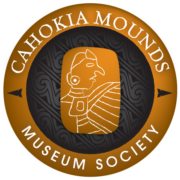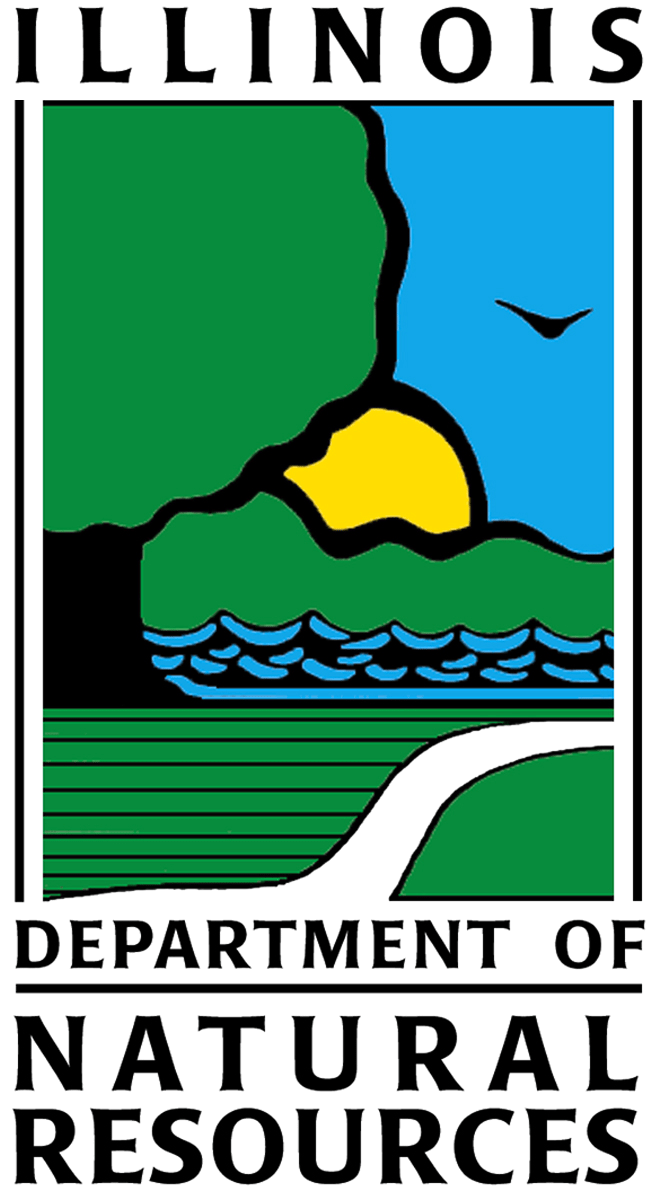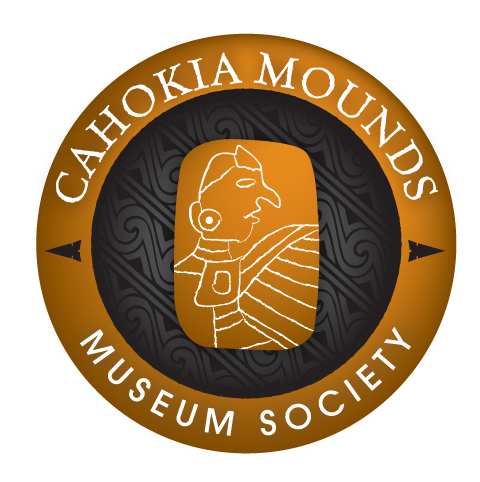Mound 51
Although almost totally destroyed, Mound 51— known locally as the Persimmon Mound—is one of the better recorded mounds at the Cahokia site. Patrick illustrated it as an oval-shaped mound with an east-west axis somewhat longer than the north-south. Moorehead maintains this representation in his various interpretations of the Patrick Map. The 1966 UWM Map was made after the mound had been largely destroyed and spread out, so it shows little of the mound’s nature. The mound apparently was still in good shape in the early 1920s when it was photographed by Goddard. It appears on this photo as a well-defined mound with an oval base and a flat top.
There are several contour maps of Mound 51, the first made in 1940 when a survey was made of a subdivision southeast of Monks Mound. The contours on that map are unlabeled and appear to have been sketched in rather than surveyed in detail, but they do show the mound much as it appears in the photograph taken in 1922. This map shows the mound to be approximately 160 feet (48.8 meters) east-west and 140 feet (42.7 meters) northsouth.
On the USGS map the base elevation for that area is a contour line of 420 feet (128.0 meters) above sea level, and the mound is outlined by the 430-foot (131.1-meter)contour. This suggests that at the time the USGS map was made the mound was more than 10 feet (3.05 meters) high. The USGS compilation drawings show this mound in much greater detail than the published quadrangle sheet. A base contour of 420 feet (128 meters) encompasses both Mound 50 and 51. The top of Mound 51 is encircled by the 430-foot (131.1-meter) line, indicating Mound 51 was at least 15 feet (4.6 meters) high at that time. The largest of the earlier estimates, on the Thomas Map of 1894, is 20 feet (6.1 meters).
If we assume a height of more than 15 feet (4.6 meters), it seems probable that the contour lines on the 1940 map represent a 3-foot (0.9-meter) contour interval. It is likely that this is the contour interval represented since land surveyors often used surveying rods divided into yards rather than feet. Certainly, the map probably doesn’t show 5-foot (1.5-meter) contour intervals, the standard practice in topographic surveys, as this would make the top of the mound at least 25 feet (7.6 meters) above the lowest contour line.
During the salvage excavations conducted by Charles Bareis in 1967, a contour map was made of a portion of the mound. From this contours were projected for the total mound as it existed at that time. The datum reference was the top of the mound; it was assigned a value of 100 feet(30.5 meters). The lowest contour mapped was 83 feet (25.3 meters). This indicates a height of about 17 feet (5.2 meters) for Mound 51 in 1967. This corresponds favorably with data from the other maps. The mound apparently retained this shape until the 1960s. At that time it was leveled and the mound soil used for fill. Little (a few feet) of the mound remains.
If Mound 51 is the vantage from which Wild’s drawing was made, he is the first to report archaeological data for this mound. Wild apparently did not conduct any excavations but “picked up about a half a peck of broken bones and pieces of pottery and flint” (Wild 1841: 52-53) from the surface. This litter on the surface of mounds is similar to Brackenridge’s descriptions, three decades earlier, of the ubiquity of archaeological materials over the surface of the entire site. Post1840s cultivation of the area has wiped out this aspect of Cahokia as well as the forms of the mounds.
Charles Bareis and others, who were conducting nearby highway salvage archaeological work, made test excavations in the mound and below the surface before it was leveled. First, a 60-foot-long, 10-footwide trench (18.3 by 3.05 meters) was made across the top of the mound. It was excavated to a depth of about 5 feet (1.5 meters). The testing suggested that the mound had been constructed in at least two stages, and much of the fill for the mound was a sandy type soil (Bareis 1962: 8). As the mound was further leveled, Bareis worked with crews from the University of Illinois Field School, of which he was director. Portions of the data recovered from those excavations have been reported by William Chmurny in his doctoral thesis (1973).
One can say with assurance only that Mound 51 was built in at least two stages with some evidence of specialized utilization indicated by fire pits on the surfaces of each stage. An interesting feature was discovered below the mound a large borrow pit from which earth was taken for mound construction; perhaps it was used for Monks Mound. This borrow pit had then been filled with trash and soil, the area leveled, and Mound 51 constructed over a portion of the former borrow pit.




